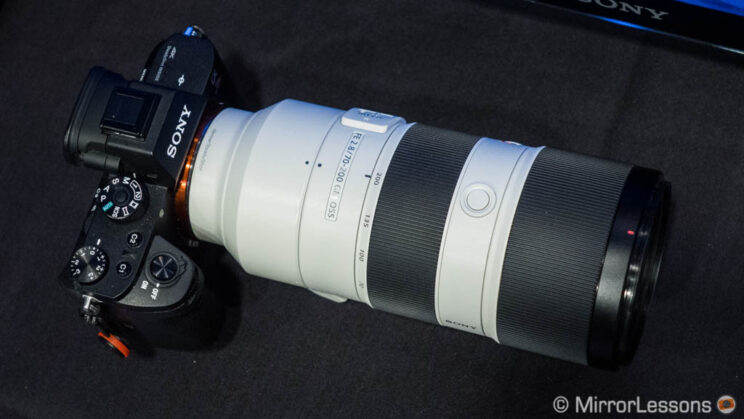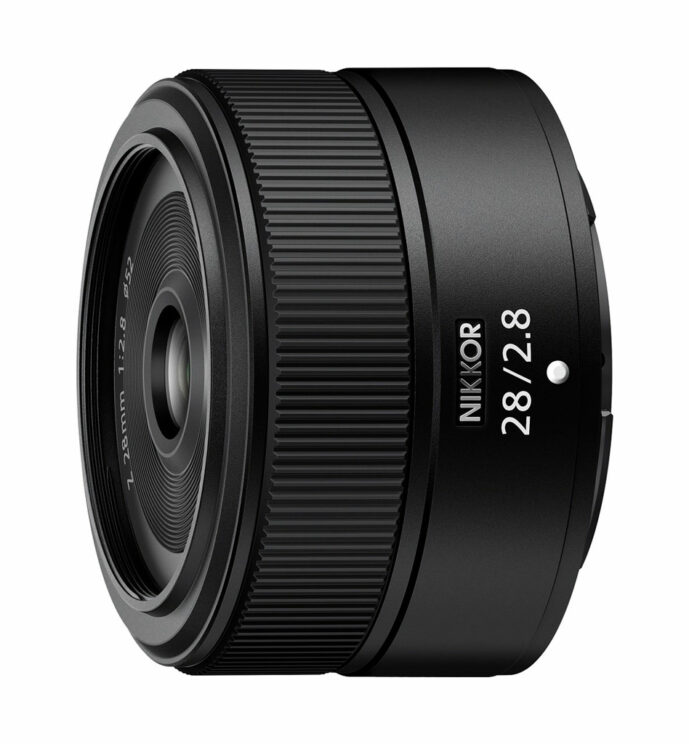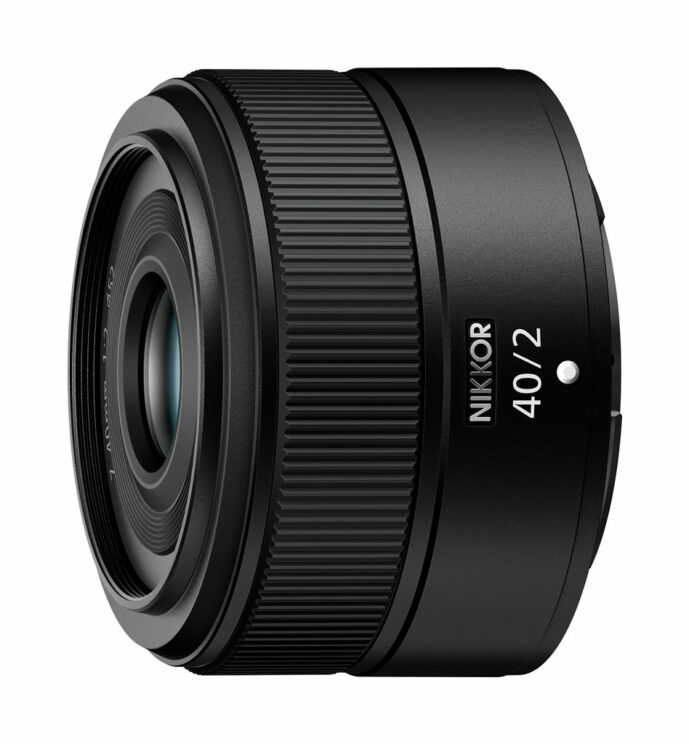An interesting series of announcements and information surfaced this week. Nikon has presented two new macro lenses for the Z system, and showed the first images of two pancake style lenses coming later this year. Canon has unveiled more information about its flagship R3, there is a new 50mm lens from Panasonic, and Sony released a firmware for the 70-200mm 2.8 GM.
Canon EOS R3: Everything we know so far
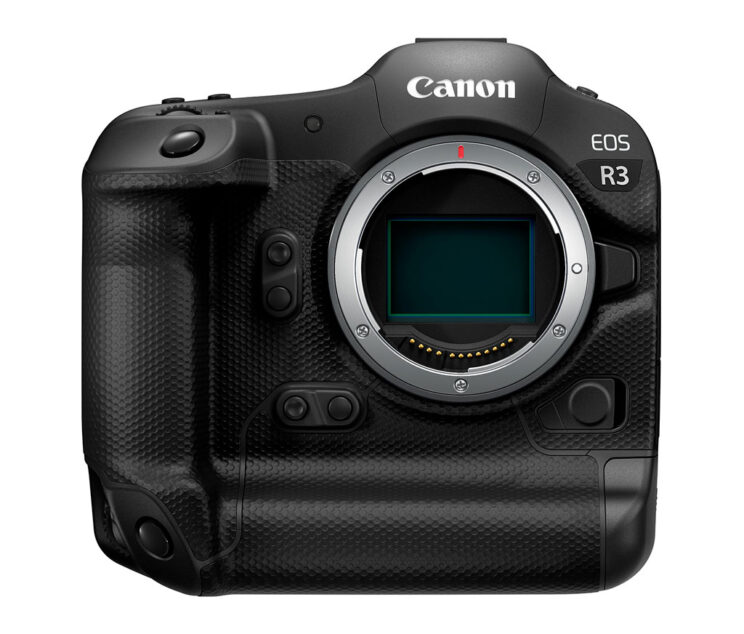
Back in April, Canon started to talk about the development of the flagship R3, mentioning a completely new sensor (BSI type, a first for the brand), 30fps shooting and more. This week, they leaked even more juicy information and images. Here is a recap of everything we know so far:
- BSI / stacked sensor (entirely new sensor, first time for Canon with such specs)
- New: in-body image stabilisation (up to 8 stops of compensation with select RF lenses)
- 30fps continuous shooting with the electronic shutter (the R5 and R6 do 20fps max.)
- Dual Pixel CMOS AF system with improved eye and face detection, plus head detection (for stills and video)
- New: low light autofocus down to -7Ev
- New: motorsport tracking mode (cars and motorbikes) for stills and video
- Eye control function that allows you to move the AF point with your eye while using the electronic viewfinder
- New: oversampled 4K video, with Canon Log3 and internal RAW recording
- newly developed accessory shoe

The camera will feature a fully articulated LCD screen with touch capabilities and the infrared smart controller seen on the 1DX mark III (an AF-ON button with a touch sensitive surface to scroll AF points around the screen). There will be two memory card slots (SD and CFexpress) and you will be able to use speed-lights with the electronic shutter. The battery is the same as the 1DX III (LP-E19).
Gordon Laing of Camera Labs got an exclusive hands-on with the camera. He wasn’t allowed to turn it on and use it, but you can see the body very well.
Nikkor Z MC 105mm F2.8 Macro VR S and Z MC 50mm F2.8
The 105mm and 50mm are the first two macro lenses (or micro lenses as Nikon calls them) designed for the Z system and they have a 1:1 magnification ratio. Nikon promises the usual top notch quality with sharpness across the frame, without chromatic aberration or colour fringing.
The 105mm is part of the premium S line and features optical stabilisation (up to 4.5 stops), weather-sealing, a small OLED screen, a function button and two switches to go from Auto to Manual focus, or limit the focus range.
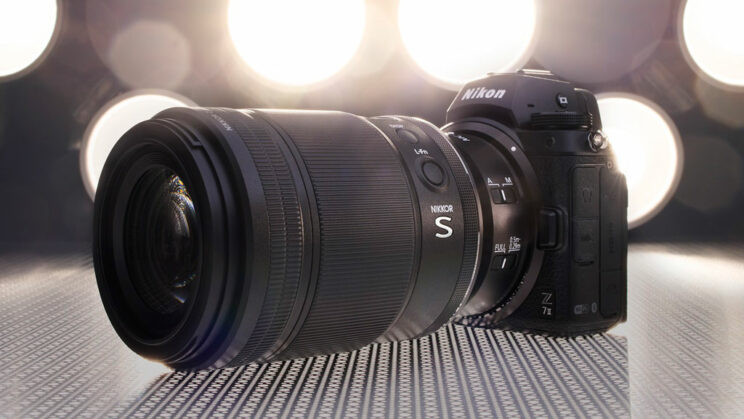
Other characteristics of the 105mm F2.8 Micro are:
- 16 elements in 11 groups
- 3 ED and 1 aspherical elements, 1 fluorine-coated front lens element
- NANO Crystal and ARNEO Coatings
- 9 rounded diaphragm blades
- Min. focus: 29cm
- Multi-Focus STM AF motor
- 62mm filter thread
- 85mm x 140mm, 630g
- $1000 retail price
The 50mm F2.8 is a more affordable macro lens. Without some of the premium features of the S series, it retains a 1:1 magnification factor and the focus limit switch. It is much smaller, lighter and costs less. It is weather-resistant but the focus is not internal, meaning that the barrel will extend when focusing at short distances.
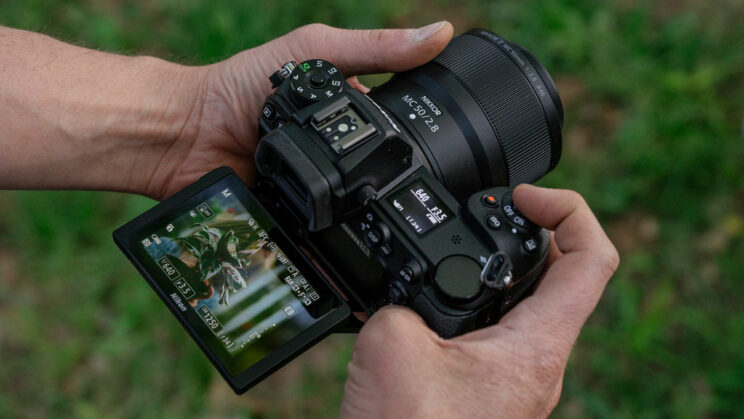
Other characteristics of the 50mm F2.8 Micro are:
- 10 elements in 7 groups
- 1 ED and 1 aspherical elements, 1 fluorine-coated front lens element
- Fluorine coating
- 9 rounded diaphragm blades
- Min. focus: 16cm
- 46mm filter thread
- 74.5mm x 66mm, 260g
- $650 retail price
Additionally, Nikon has confirmed the development of two additional lenses, the 28mm F2.8 and 40mm F2. They will both feature the same filter thread of 52mm, and that is all the information there is at this time. The size seems pretty small and we can bet they’ll come at an attractive price, which will be a good thing for the Z system as it lacks more affordable lenses. They should arrive sometimes this year.
Panasonic Lumix S 50mm F1.8
This is the classic nifty fifty 50mm lens, which was missing from the Lumix S catalogue for full frame L-mount cameras. It costs $450 (or £430) and is lightweight (300g only).
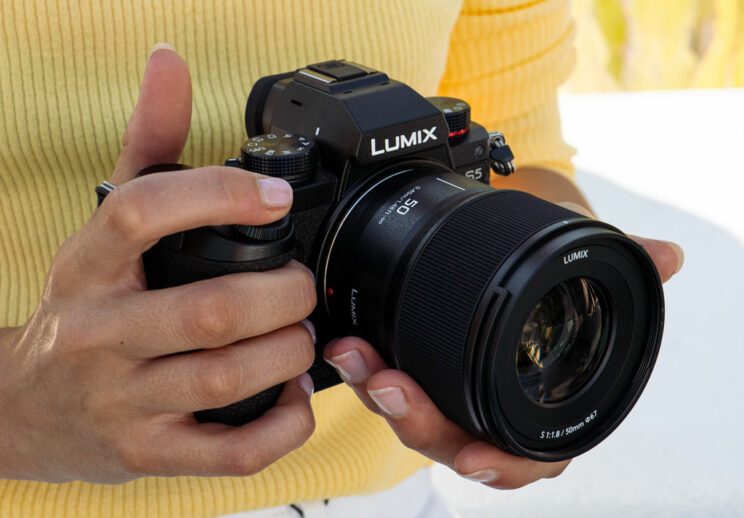
Other characteristics of the Lumix S 50mm F1.8 are:
- 9 elements in 8 groups
- 3 aspherical, 1 ED (Extra-Low Dispersion) and 1 UHR (Ultra-High Refractive Index) elements
- 9-blade circular aperture diaphragm
- Min. focus: 45cm
- 67mm filter thread
- weather resistant
TTartisan 17mm F1.4
Another manual focus lens made in China, this time it’s a fast 17mm lens designed for APS-C sensors (25.5mm), and available for various mounts including micro four thirds (34mm equivalent). It will cost $120 and is available for pre-order.
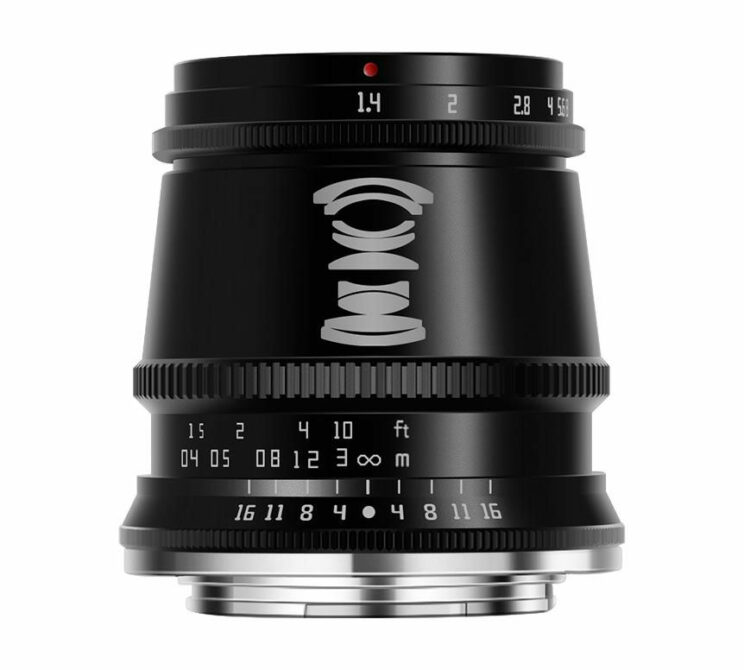
Main characteristics:
- 9 elements in 8 groups, with 1 aspherical element
- 10 diaphragm blades
- Min. focus: 20mm
- 40.5mm filter thread
- 247g
- Available for Sony E, Canon EOS-M, Fujifilm X and M4/3
Via PhotoRumors
Sony FE 70-200mm F2.8 GM firmware update
Version 06 improves the stability of the autofocus in certain conditions (Sony doesn’t specify which one though). You can download it from the Sony Support page.
